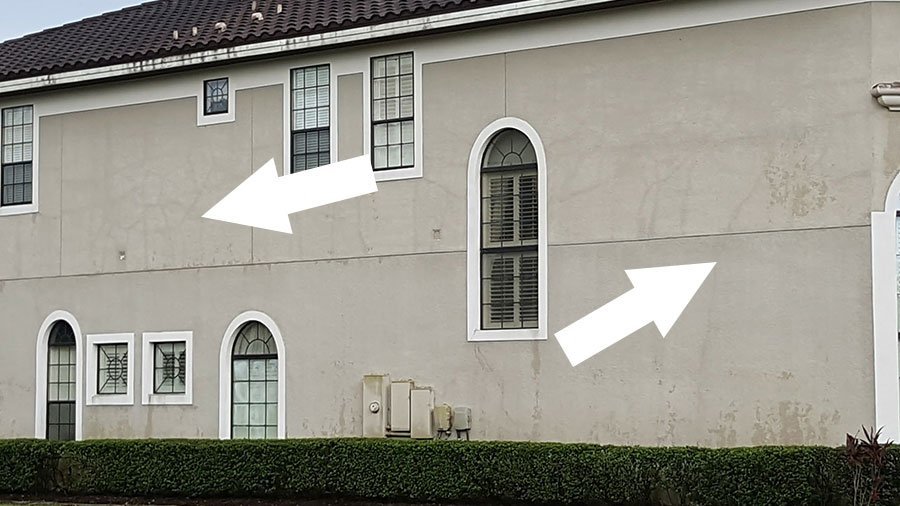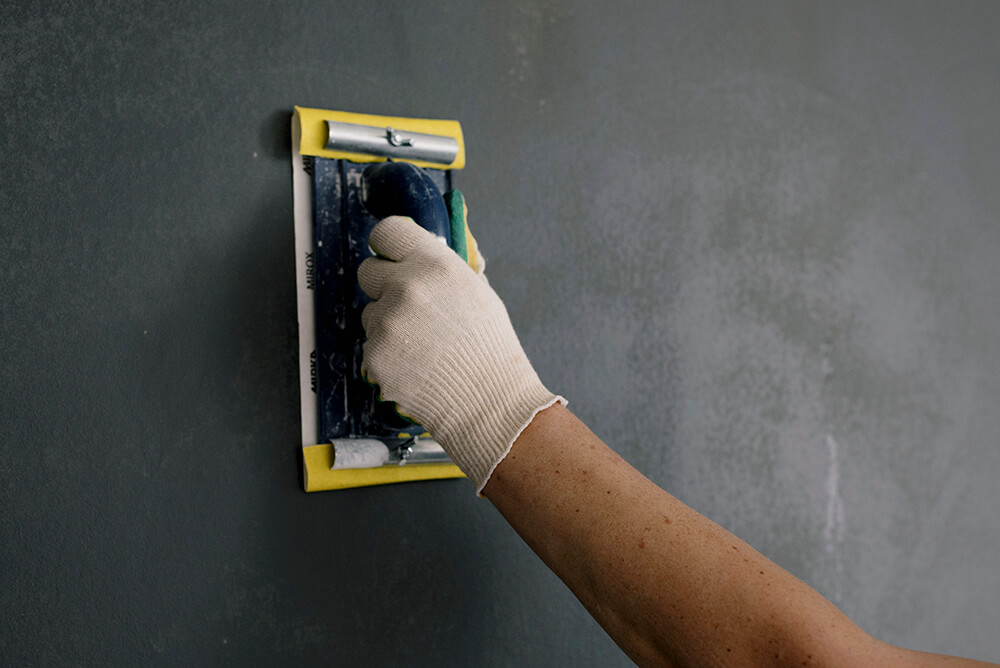Why You Need to Purchase an Expert Stucco Contractor for Your Building
Why You Need to Purchase an Expert Stucco Contractor for Your Building
Blog Article
Checking Out the Adaptability of Stucco in Modern Style
Stucco has long been identified for its aesthetic charm and flexibility, yet its role in modern-day architecture warrants a better examination. By exploring its cutting-edge applications, from striking exteriors to energy-efficient styles, one can value how stucco is redefining the limits of architectural expression.
Historical Value of Stucco
The historical value of stucco is profound, as it has played a crucial role in architectural methods throughout various cultures for centuries. Coming from old civilizations, stucco was utilized by the Egyptians and Greeks as a resilient and flexible coating for both exterior and interior surfaces. Its versatility to various environments and ability to simulate extra costly products made it a favored option.
In the Roman period, stucco became a main ornamental component, used extensively in public buildings, vacation homes, and holy places. The Romans improved the application techniques, permitting elaborate designs and alleviation sculptures. Throughout the Renaissance, stucco experienced a resurgence, especially in Italy, where it was employed in ornamental details and fancy facades, showcasing the artistry of the duration.

Modern Applications in Design
Stucco has found renewed importance in modern design as a result of its flexibility and visual appeal (stucco contractor). This standard material is increasingly made use of in modern design, bridging the space in between modern-day and classic appearances. Developers and engineers appreciate stucco for its adaptability, enabling it to be used in numerous designs-- from minimal structures to specify Mediterranean designs
In domestic tasks, stucco offers a clean, seamless coating that enhances the visual cohesion of facades. Its capability to satisfy various forms and surface areas makes it an excellent choice for both new constructions and remodelling jobs. In addition, stucco's toughness and low maintenance needs add to its growing popularity in urban settings, where long-lasting materials are important.
Commercial applications have actually additionally welcomed stucco, with lots of companies going with this product to develop welcoming and unique shops. Making use of stucco in public structures, such as colleges and neighborhood centers, showcases its potential for developing aesthetically appealing environments while giving exceptional insulation properties.
Shade and Structure Developments
Exploring shade and appearance advancements in stucco has opened up new avenues for engineers and designers, improving the product's visual impact in modern-day building. Recent improvements in pigment technology have actually enabled for a wider range of shades, allowing developers to produce striking exteriors that integrate seamlessly with their environments or stand apart as vibrant architectural declarations. This versatility in color option supplies designers the ability to stimulate specific psychological responses and balance with local aesthetics.
Structure technologies have actually similarly transformed stucco applications. Techniques such as shoveling, spraying, and marking have resulted in varied surface finishes, varying from smooth and improved to tough and tactile. These variations not just add to the building's personality however likewise play an essential role in light interaction, boosting the visual depth and dimensionality of surfaces.
Furthermore, the intro of synthetic stucco choices has actually broadened layout possibilities, using boosted toughness and weather resistance while maintaining visual allure. As engineers remain to trying out innovative color schemes and distinctive finishes, stucco continues to be an his response essential component in contemporary architecture, showcasing the material's adaptability and timeless relevance in modern layout.
Sustainability and Power Performance
Advancements in color and texture have not just boosted the visual charm of stucco but also paved the method for higher focus on sustainability and power performance in modern design. As environmental issues become significantly famous, the building sector is turning its attention to materials that contribute favorably to ecological balance.
Stucco, made up primarily of all-natural materials such as concrete, lime, and sand, offers a sustainable alternative to even more resource-intensive building products. Its durability and durability reduce the demand for frequent substitutes, thereby decreasing waste and source consumption over time. Moreover, modern stucco formulations commonly include energy-efficient additives that improve insulation properties, minimizing heating & cooling expenses for buildings.
The reflective qualities of stucco can additionally be crafted to alleviate heat absorption, adding to cooler indoor atmospheres and less reliance on fabricated environment control systems. By advertising energy conservation and minimizing the carbon impact of structures, stucco aligns with the concepts of lasting style. As architects and contractors embrace environment-friendly methods and ingenious techniques, stucco stands out as a accountable and functional option in modern style.

Case Researches of Stucco Projects
The convenience of stucco as a structure product is exhibited in different successful architectural jobs that highlight its practical and visual benefits. One noteworthy example is the improvement of the historical Casa de la Guerra in Santa Barbara, The Golden State. Using stucco not only maintained the structure's Spanish Colonial Rebirth style however additionally boosted its longevity and weather resistance, guaranteeing longevity while preserving building stability.
An additional compelling instance is the modern residential job, the Cactus House in Scottsdale, Arizona. stucco contractor. This striking home functions you can check here a smooth stucco coating that integrates with the surrounding desert landscape. The stucco's light shade reflects warm, adding to energy efficiency, while the textured surface areas add visual passion
Additionally, the Kings Cross redevelopment in London showcases the versatility of stucco in city settings. The application of stucco on contemporary mixed-use structures creates a cohesive visual that appreciates historical context while accepting contemporary style concepts.
These case researches demonstrate exactly how stucco can offer various architectural functions, from conservation and energy effectiveness to visual improvement, making it a functional option in modern-day architecture.
Final Thought
 Finally, stucco's historic significance and contemporary convenience make it a valuable material in modern architecture. Its capability to balance timeless aesthetic appeals with ingenious design, integrated with advancements in color and texture, enhances its charm. Stucco's insulating residential or commercial properties contribute to power performance, while its lasting attributes straighten with current ecological top priorities. As demonstrated through numerous study, stucco proceeds to play an important role in shaping the building landscape of the contemporary era.
Finally, stucco's historic significance and contemporary convenience make it a valuable material in modern architecture. Its capability to balance timeless aesthetic appeals with ingenious design, integrated with advancements in color and texture, enhances its charm. Stucco's insulating residential or commercial properties contribute to power performance, while its lasting attributes straighten with current ecological top priorities. As demonstrated through numerous study, stucco proceeds to play an important role in shaping the building landscape of the contemporary era. 
In conclusion, stucco's historic value and modern versatility make it an important product in modern architecture.
Report this page